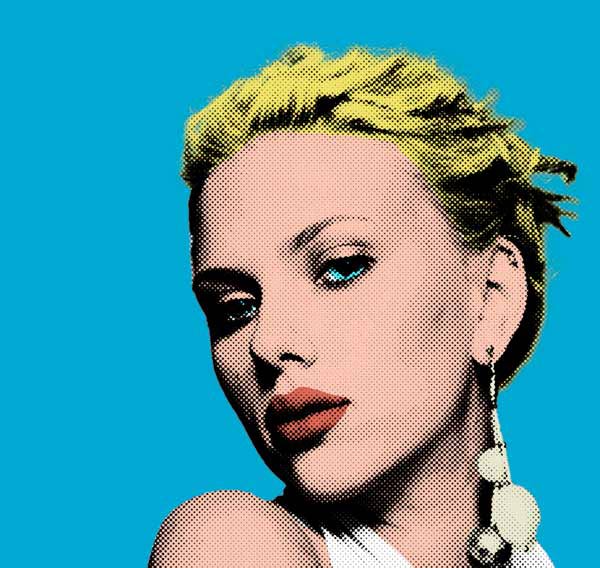
When it comes to pop art, you can’t forget the king “Roy Lichtenstein”. He was a famous American artist in 1960s and started a new art movement which we know today with the name of Pop Art. His famous creations include “Drowning Girl”, “Look Mickey”, “Whaam”, and the numbers are just countless.
In this tutorial, I’ll show you how to create a vintage style pop art effect using Photoshop. We’ll try to achieve the Roy Lichtenstein style to some extent. We’ll use some adjustments, filters, and colors to replicate this effect.
Step 1 – Open the Sample Image
Open a photo to replicate pop art. I am using the Scarlett Johansson image for this tutorial but feel free to use your own image. Go to File > Open and open the image.
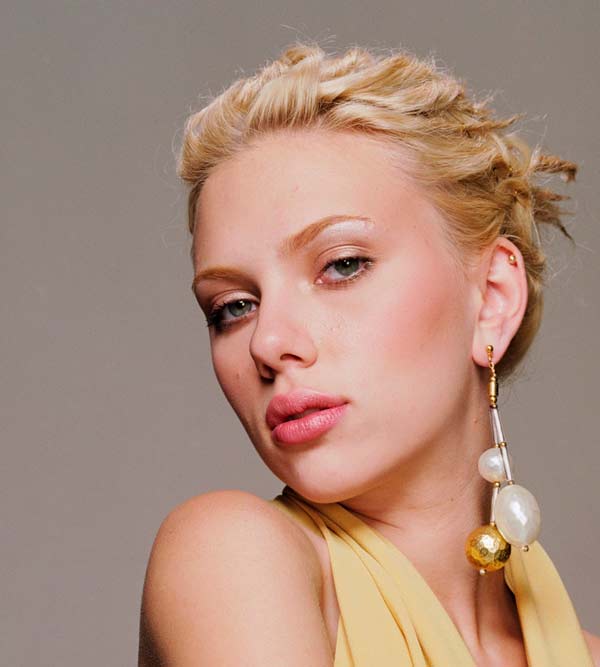
Step 2 – Fill The Background
Use the Pen Tool (P) to remove the background and then create a new layer underneath it by pressing CTRL + SHIFT + N. Fill this layer with blue color. First, set the foreground color to blue and then press ALT + BACKSPACE to fill the layer.
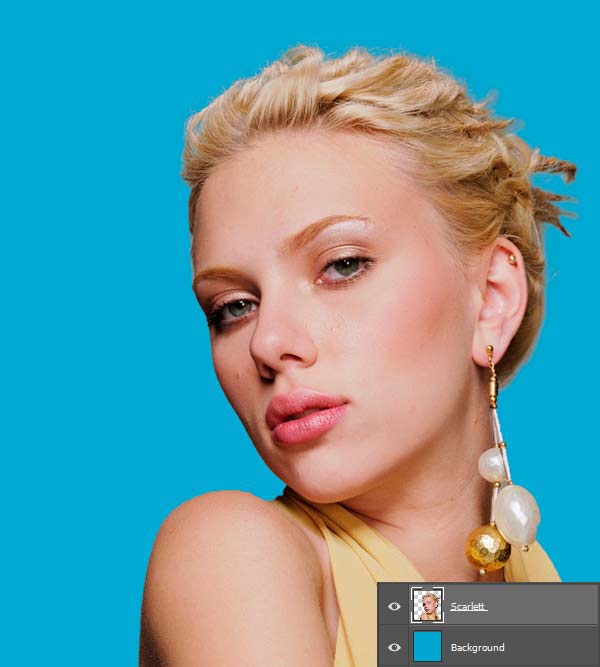
Step 3 – Desaturate The Image
Go to Layer > New Adjustment Layer > Hue/Saturation and then desaturate the image by dragging the Saturation slider all the way to left. Remember to use this layer as Clipping Mask so it won’t affect the background layer filled with blue color.
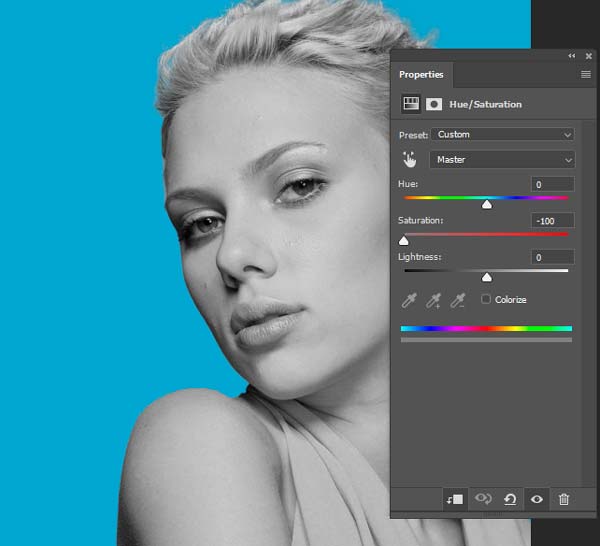
Step 4 – Remove Details
Create a Threshold adjustment layer and enter the Threshold Level to 142. Also, try to remove the most of the details with this adjustment but make sure to leave enough to make out the main areas.
Also, I reduced the opacity of Threshold to 50%.
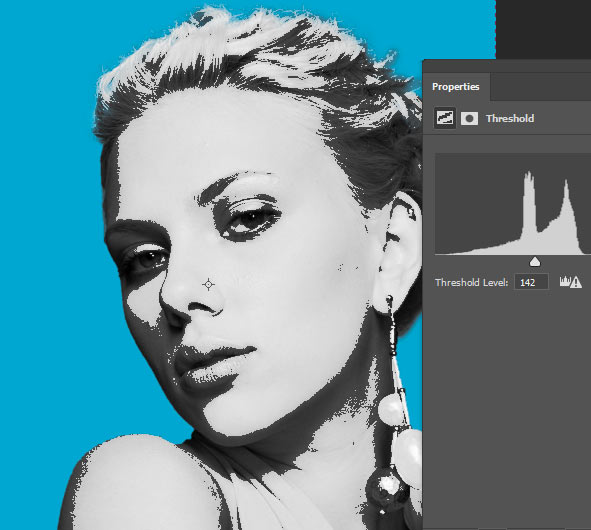
Step 5 – Create Halftone Patterns
Convert the image into Smart Object, right click on the image and then choose “Convert to Smart Objects”. Go to Filter > Blur > Gaussian Blur and then enter the value of the Radius to 0.6px.
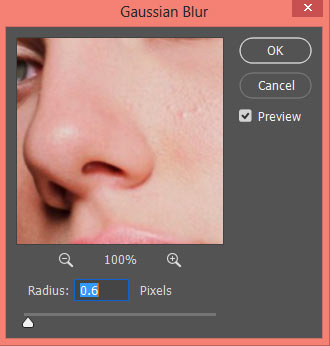
To create a halftone pattern on the image we’ll use the Filter Gallery. Go to Filter > Filter Gallery and then choose the Halftone Pattern.
Set the Size to 2, Contrast to 29 and Pattern type to Dot.
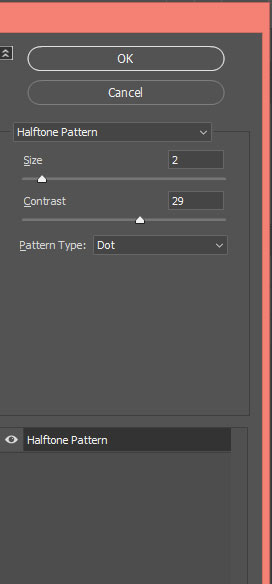
Here you can see the halftone pattern and remember if you are getting the halftone pattern effect too sharp then add more Gaussian Blur to fix it.
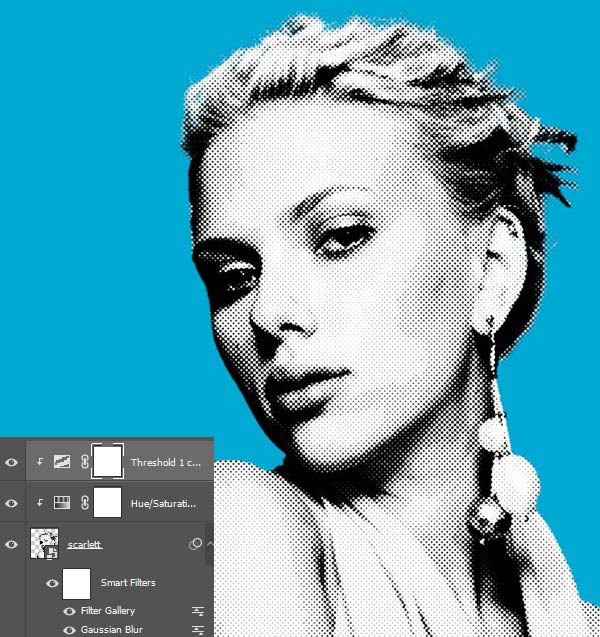
Step 6 – Start Coloring The Image
Now we’ll colorize the image. First set the blending mode of the Scarlett layer to Multiply.
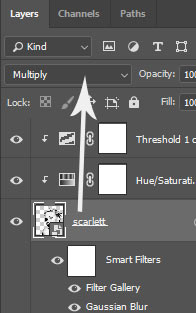
Now retrieve the selection of the Scarlett by holding down the CTRL key and then click on the layer thumbnail. With the selection active, create a new layer underneath the Scarlett layer by pressing CTRL + SHIFT + N and then drag this layer underneath the Scarlett layer using the Move Tool. While the selection is still active, fill the layer with white color and name it ‘white layer’.
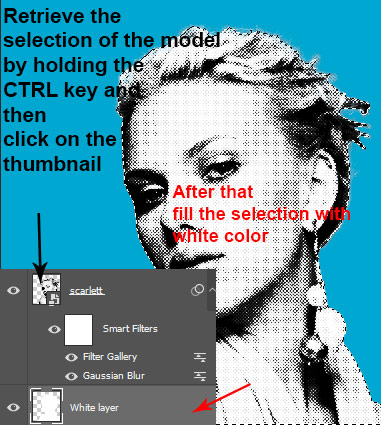
Create a new layer above the white layer and then clip this newly created layer to white layer. Make the selection of the lips using the Pen Tool (P), and then fill the selection with red color or use a hard round brush with red color to colorize the lips. Name this layer something meaningful since I painted on the lips I named this layer ‘lips’.
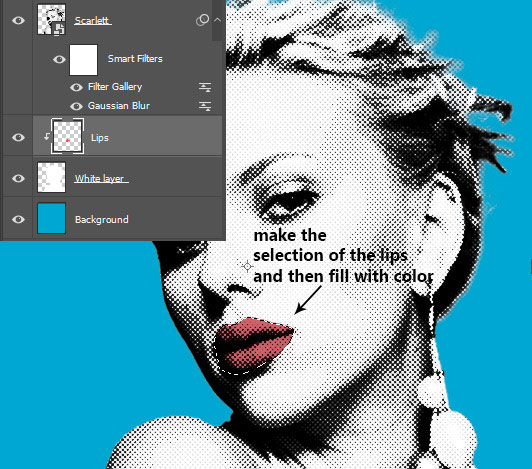
Now again create a new layer and use this as clipping mask. Similarly, paint on the face on a new layer with hard round brush using a color that matches with any face. You can retrieve the selection of the lips to make sure that you don’t paint over them.
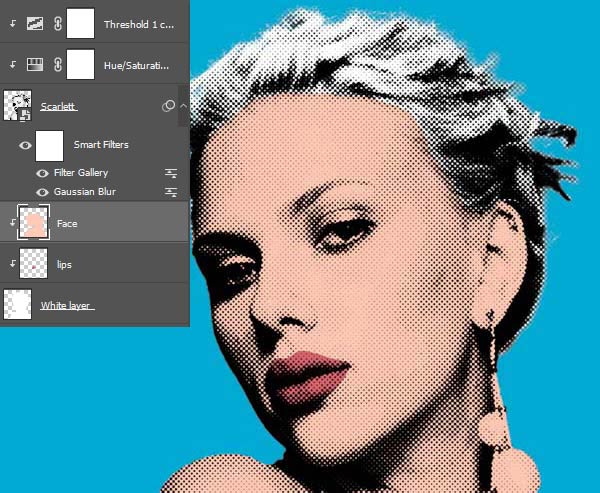
Now paint on the hair using the yellow color:
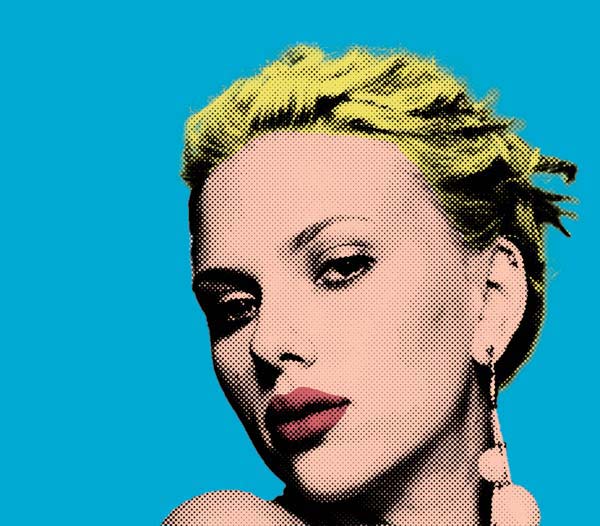
Finally, complete the coloring by painting on the dress and on her earrings.
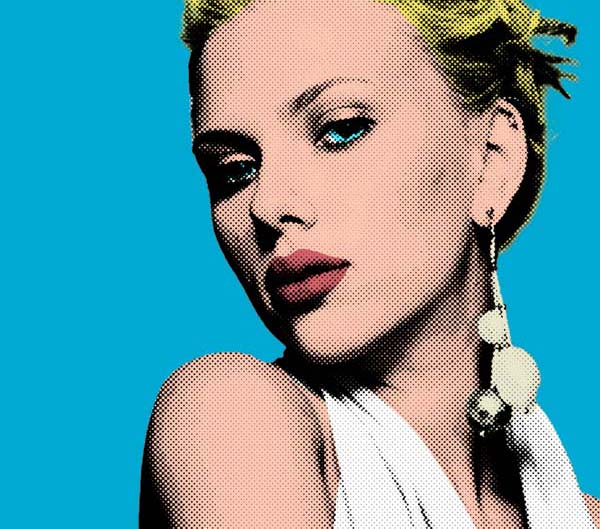
You are almost done!
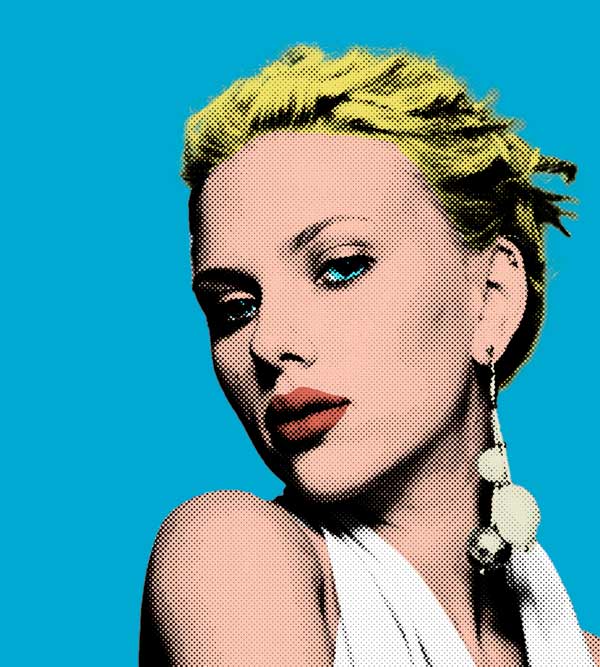
Finally, I added some speech!! So this is how you can replicate a pop art effect inspired by Roy Lichtenstein
Here is the final outcome:
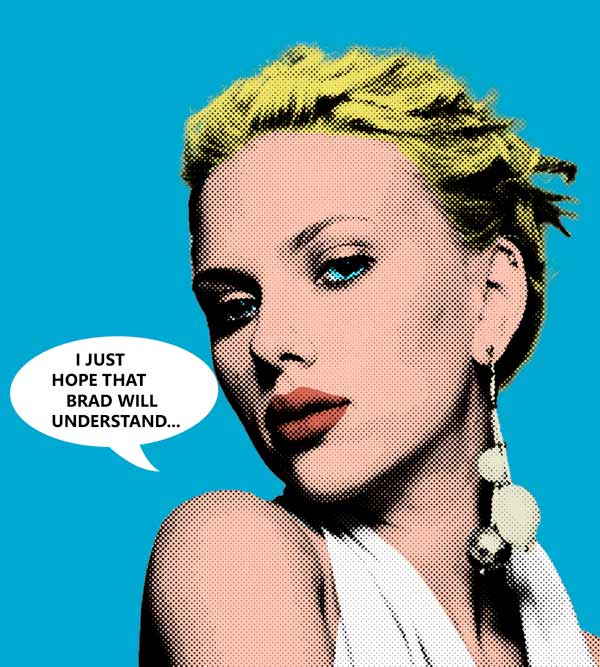

Because I am a beginner, it would be helpful if you would always include which layer we should be on when performing each step. I will try to muddle through! Thank you for sharing.
If you are beginner then it won’t be possible for me to include the each layer screenshot for every step. However, I just updated the tutorial with more explanation. Thanks!
after used the halftone pattern effect. i got different results
Can you explain a bit further? What kind of results you got?
I had the pic turn blue and red not stay black and white. And I didn’t have the nice shading patern on the halftone I just got dots.
I’ll be uploading the PSD soon.
I couldn’t do the Halftone Pattern 🙁 my pic just gets some kind of blue negative 🙁
Hey, not sure why this happened. Make sure you are clipping threshold and hue/saturation adjustment layers to model layer. Also, first add blur filter and then add halftone filter but when you apply halftone pattern filter make sure foreground/background color is set to black/white. You can do this by pressing (D) button on the keyboard.
Thanks,
Bunty
your halftone became blue because you still have blue selected as your current color when you created the filer. delete the filter, change the color to black, and then do it again
Jarod is right here Geduza! You can give it an another shot to see if this works. Make sure foreground/background color is set to black/white by pressing (D) on the keyboard.
Doesn’t look as good as if it were a real painting!!
This is great! Was the PSD uploaded somewhere? I cannot find it.
Sorry, man, that tutorial was done long ago, I lost the PSD file:)
doesn’t work. what layer am I supposed to be on for each step? bit confusing and makes this a very useless tutorial
Nice helpful.